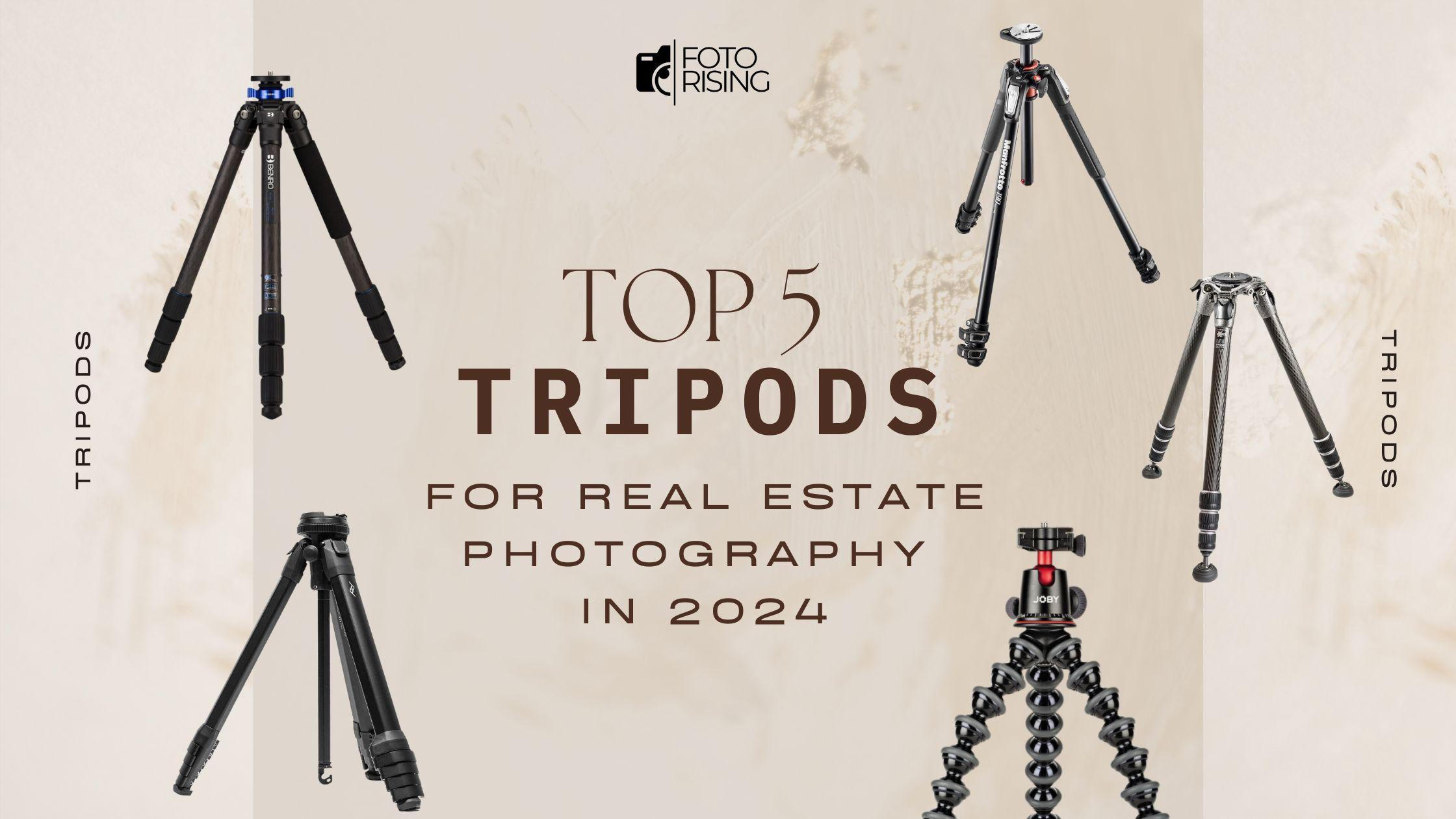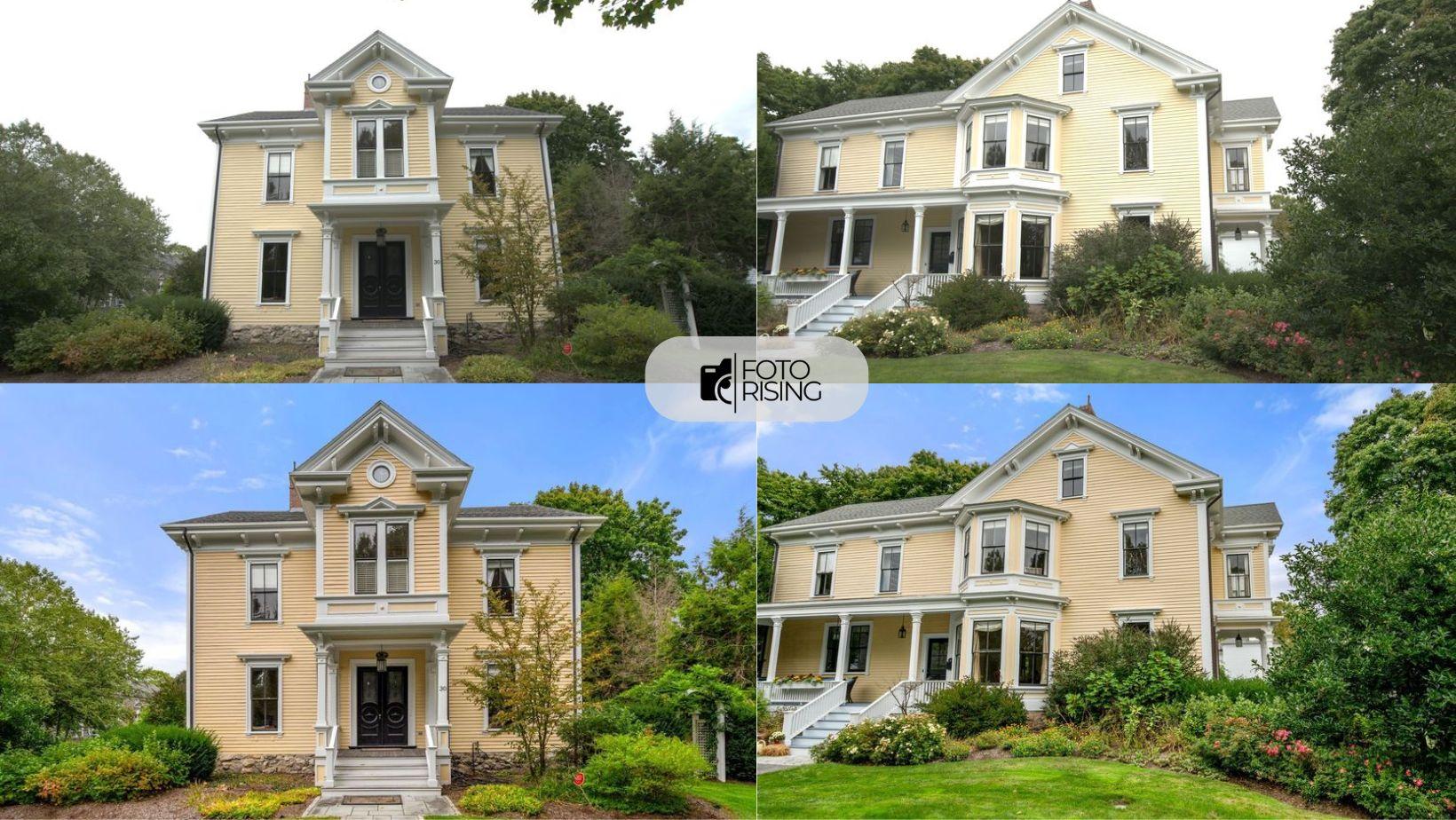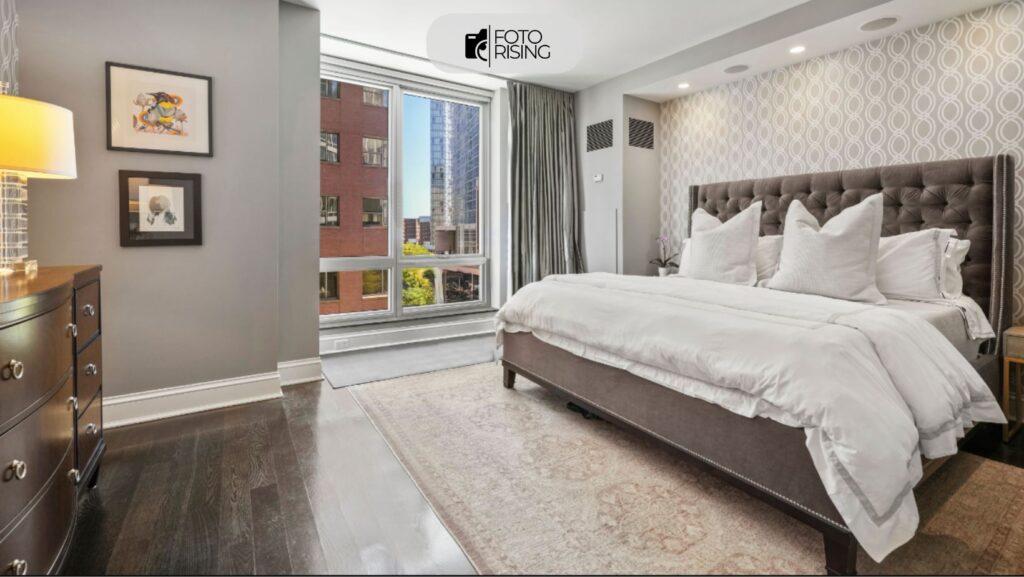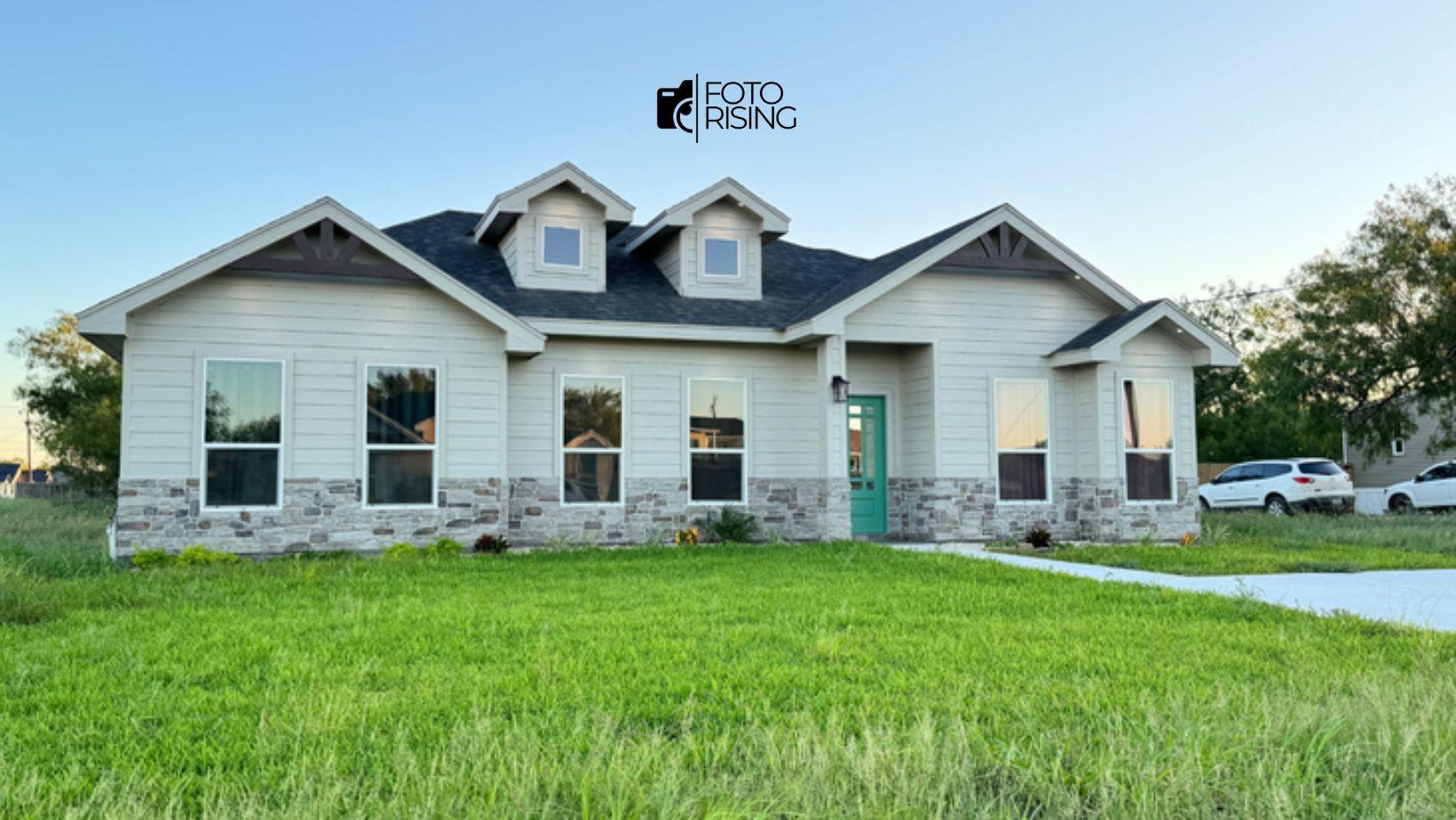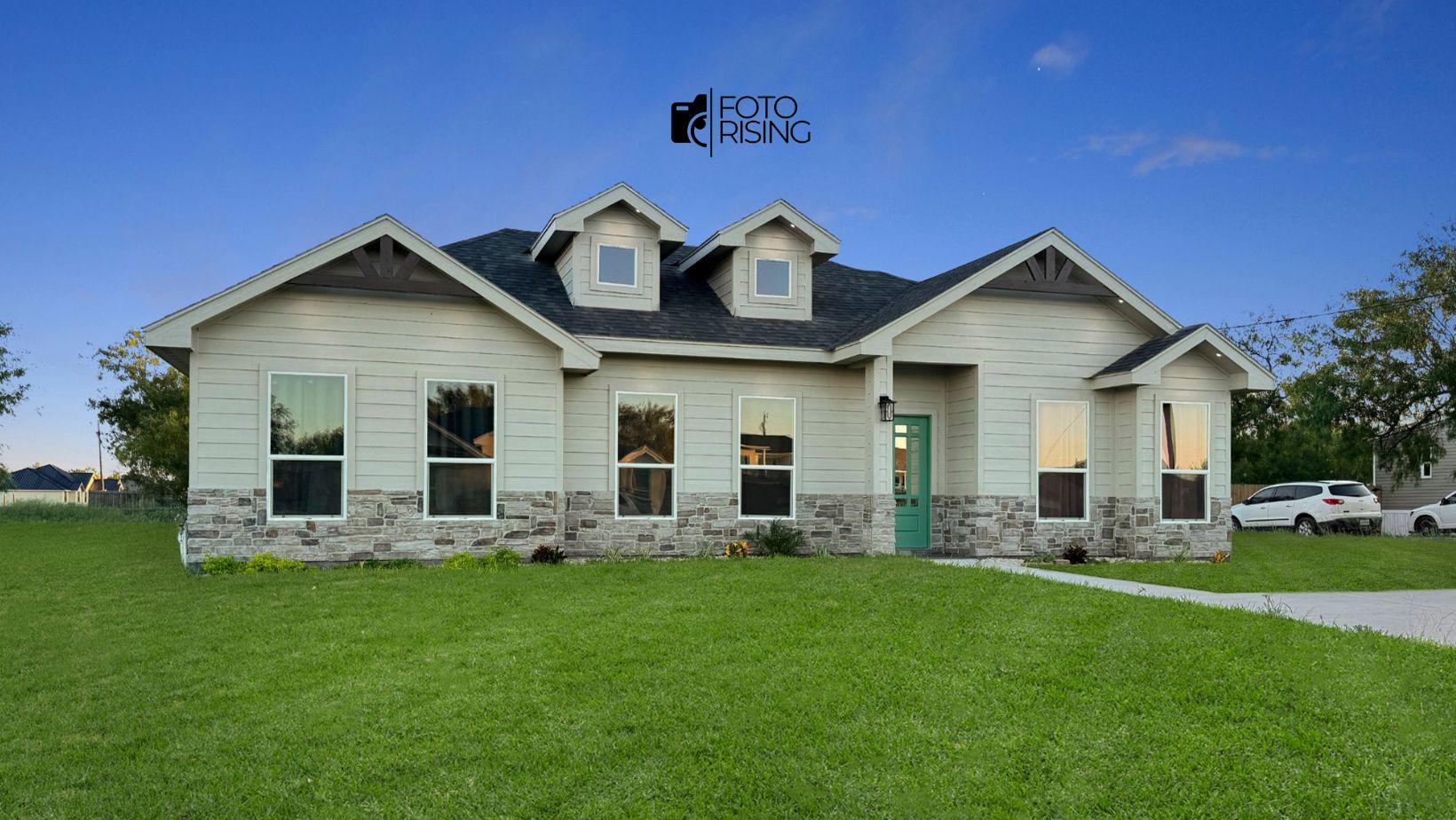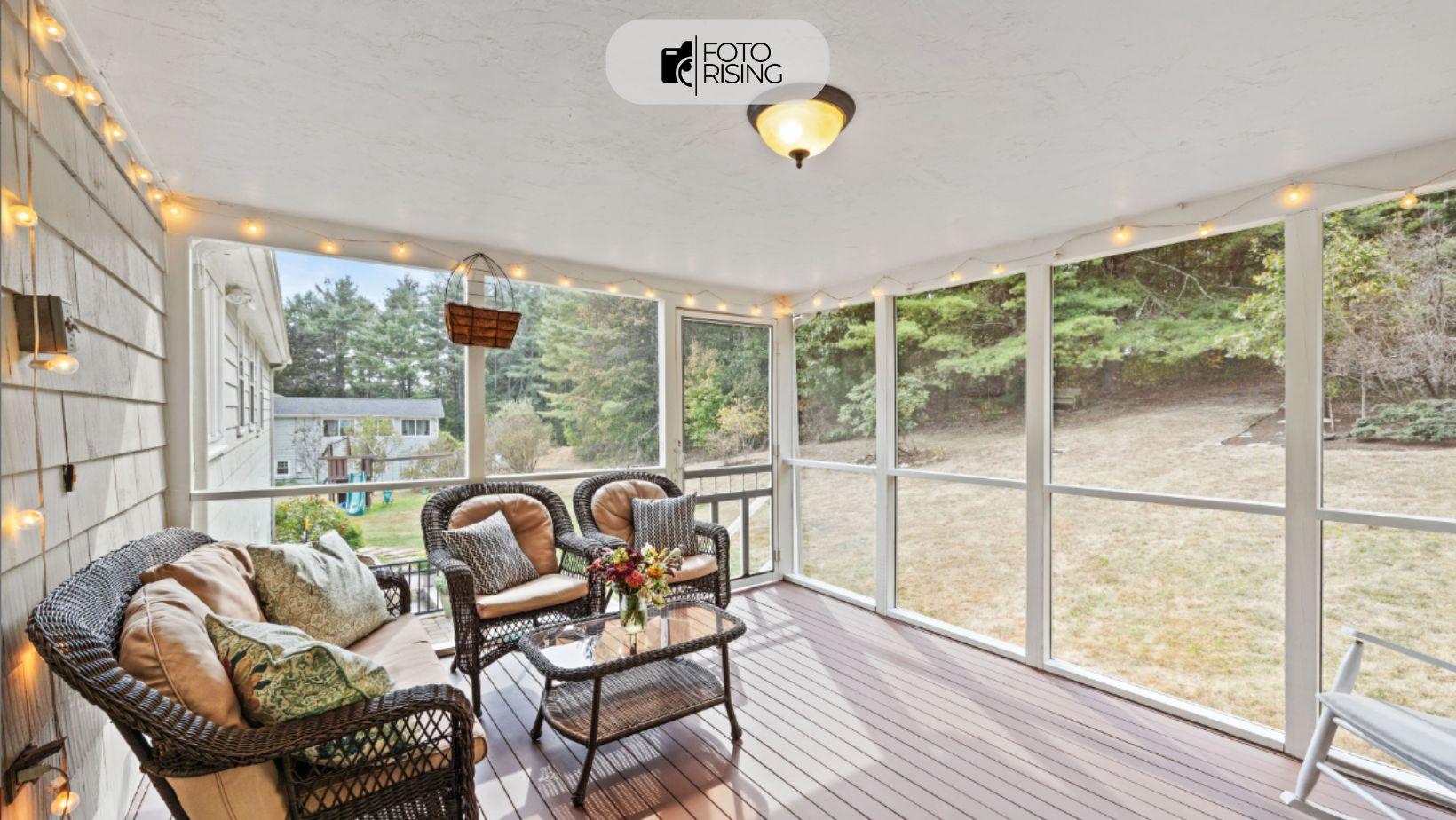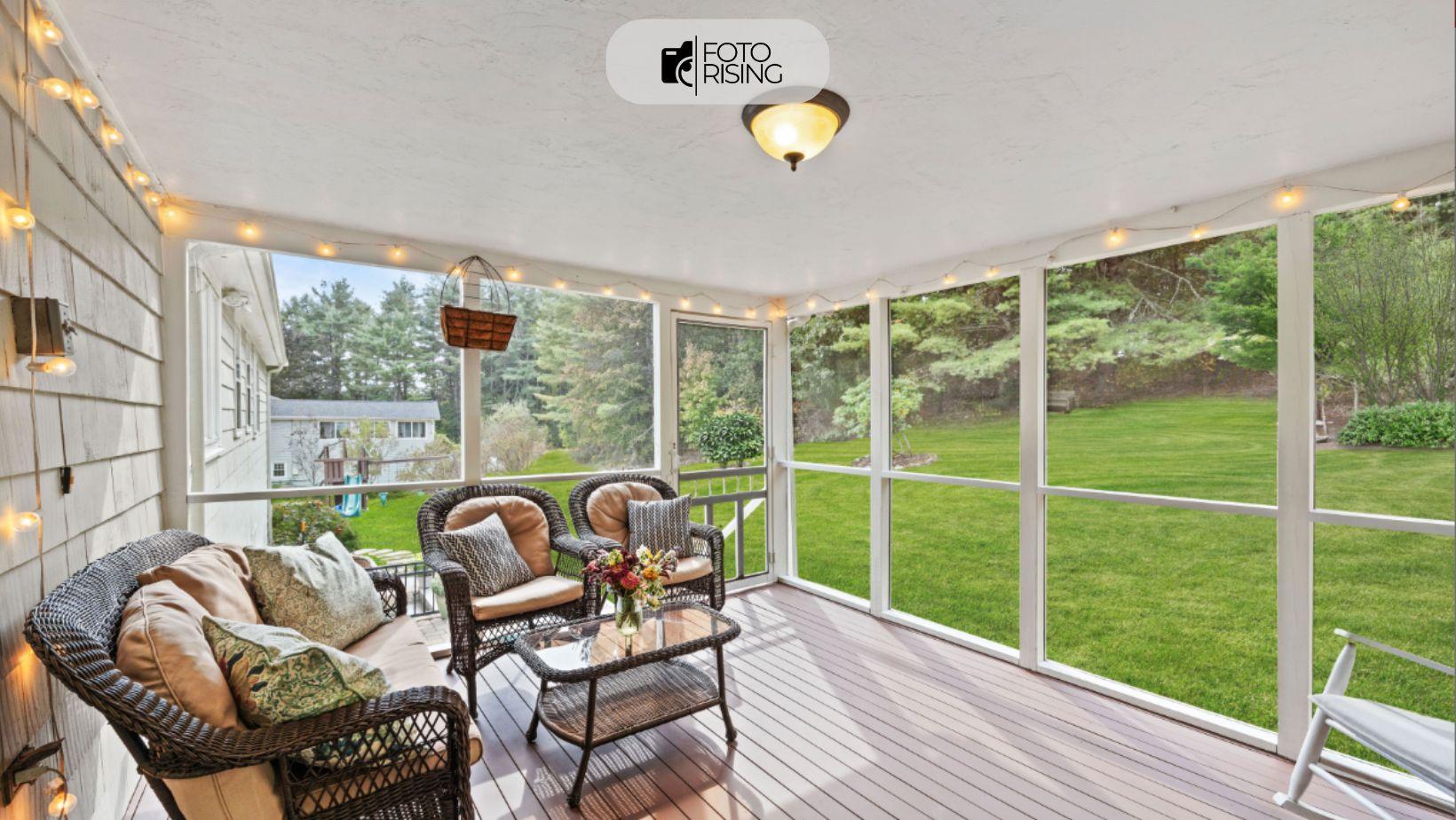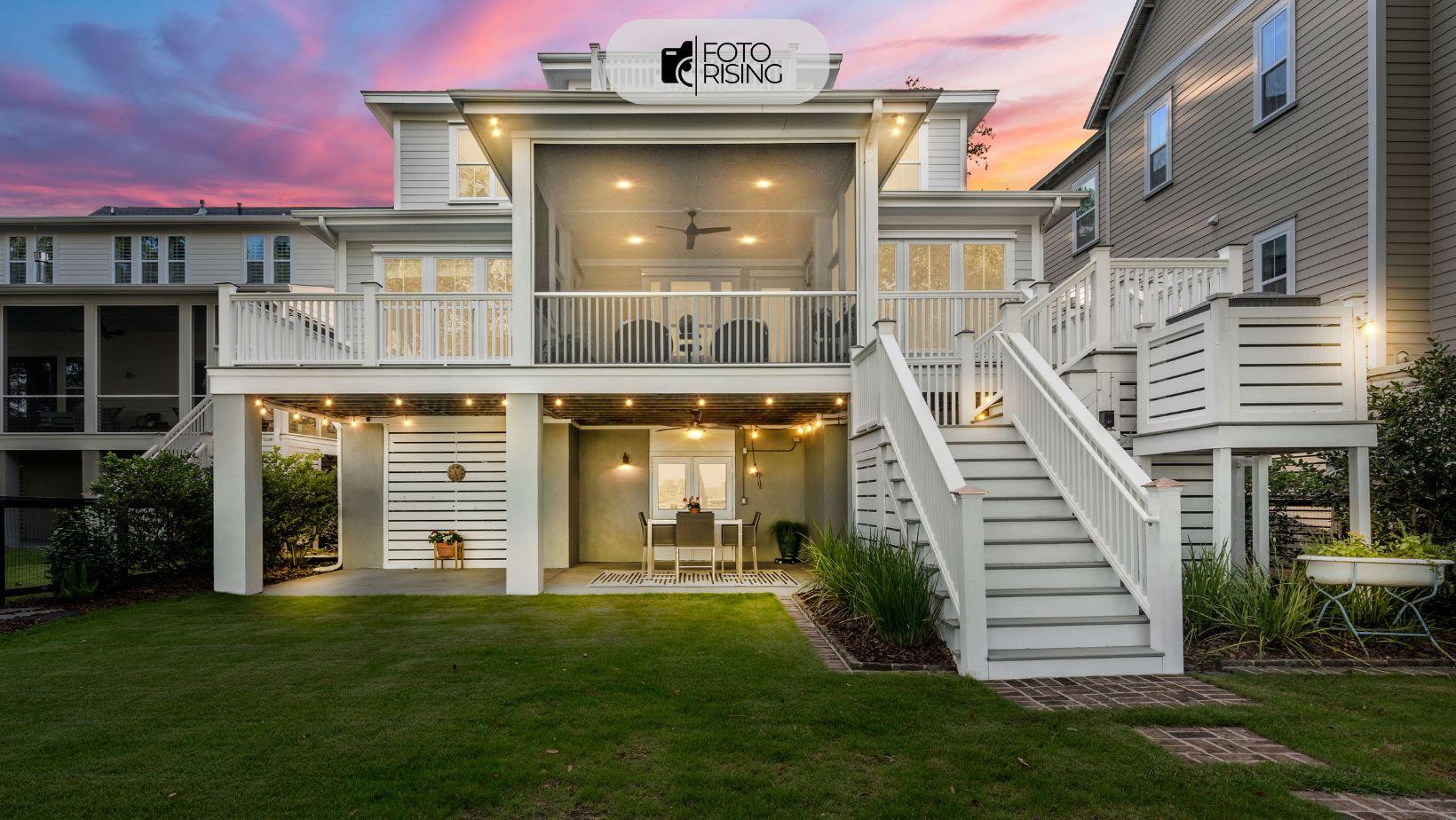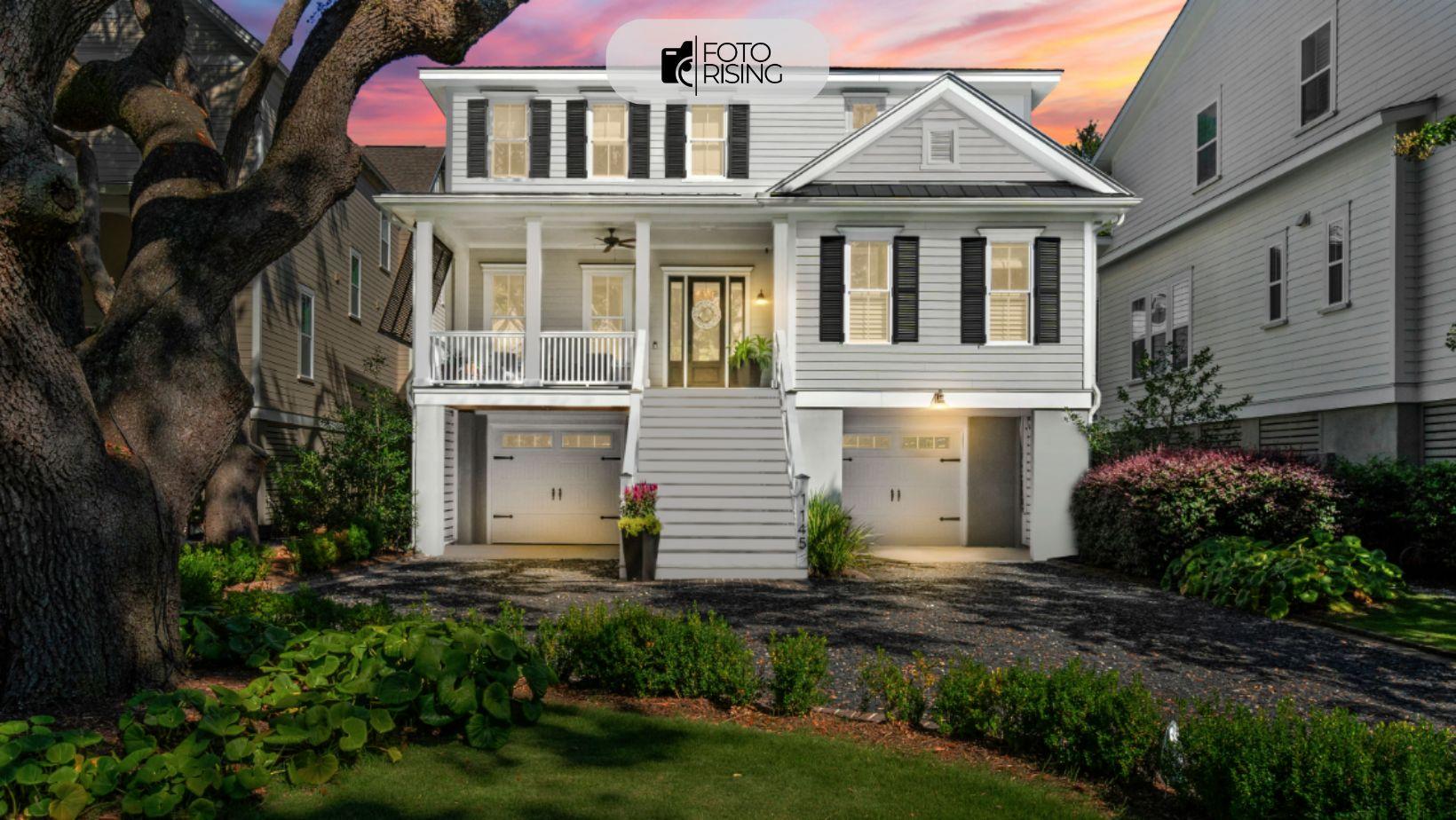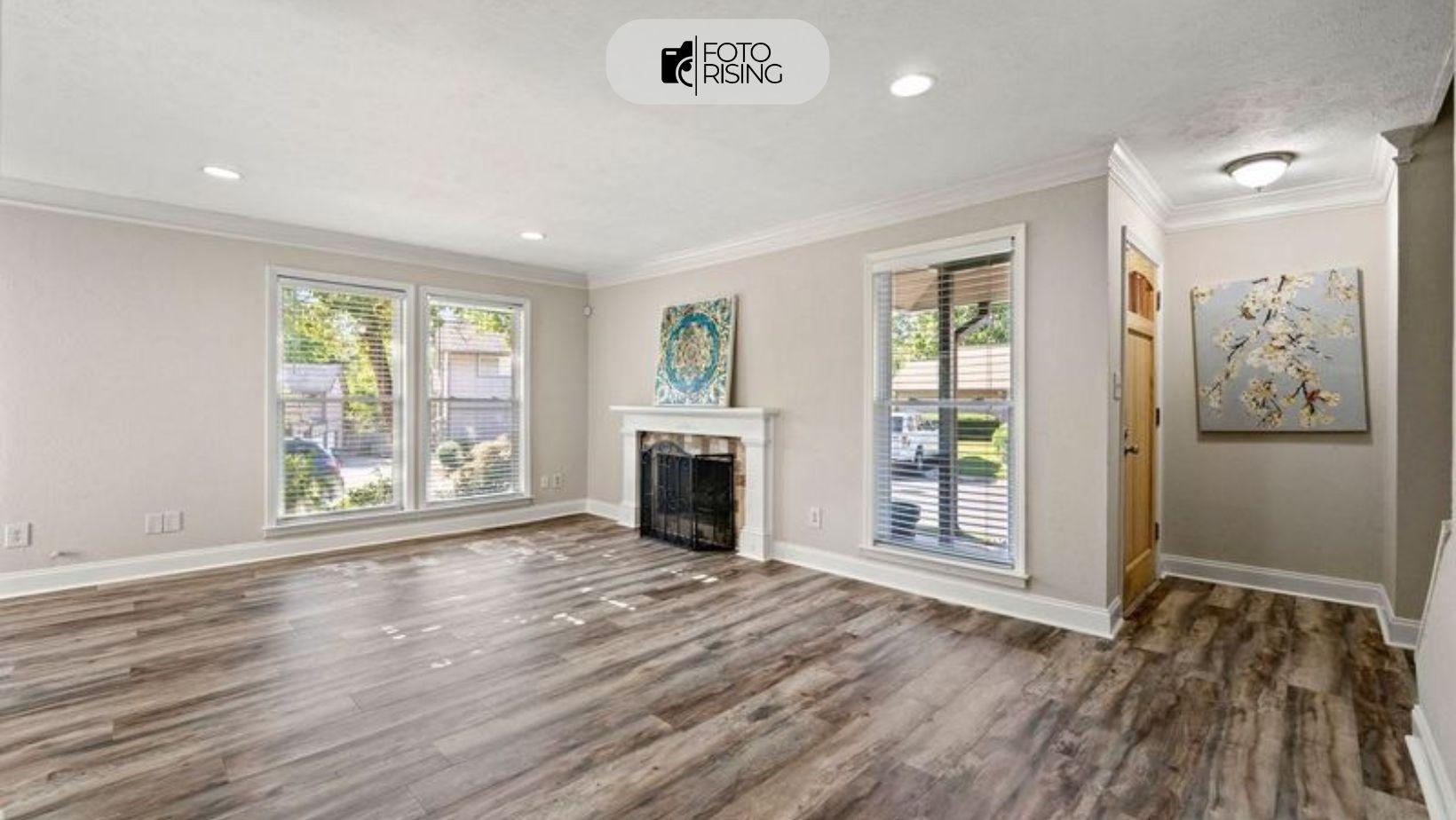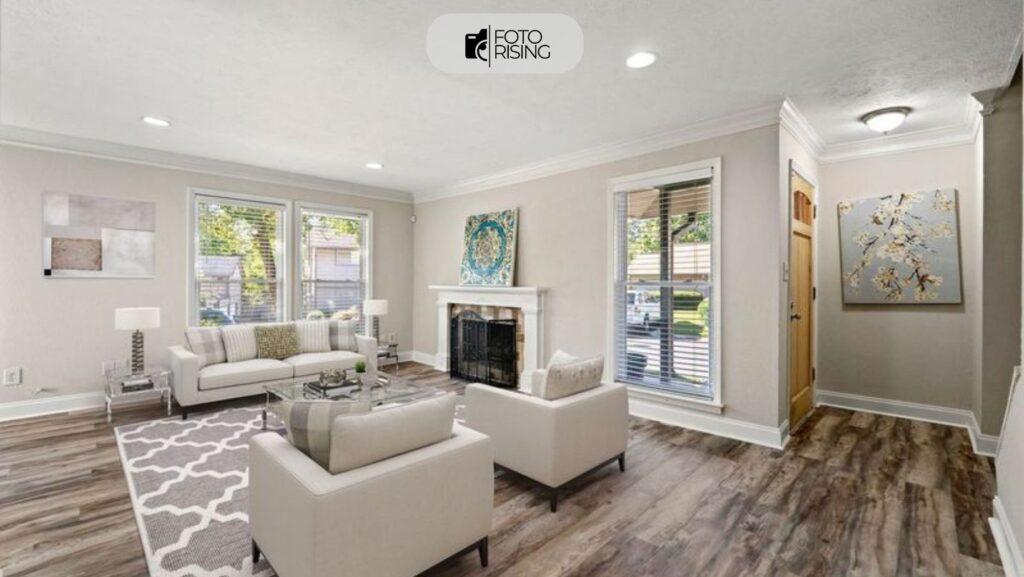When diving into the world of real estate photography, your camera and lens selection is crucial. They play a key role in capturing the beauty of properties, creating images that are both professional and appealing. If you’re wondering how to pick the right tools, here’s a detailed guide on selecting a camera and lens tailored for real estate photography.
1. Understanding Your Photography Goals
Before choosing a camera and lens for real estate photography, assess your needs:
- For wide spaces: You’ll often photograph interiors, which require capturing a room in its entirety. A camera and lens with a wide field of view are essential.
- For details: Architectural elements or design features might call for telephoto or macro lenses to highlight intricate details.
2. Key Features of a Camera for Real Estate Photography
When selecting a camera, prioritize these features:
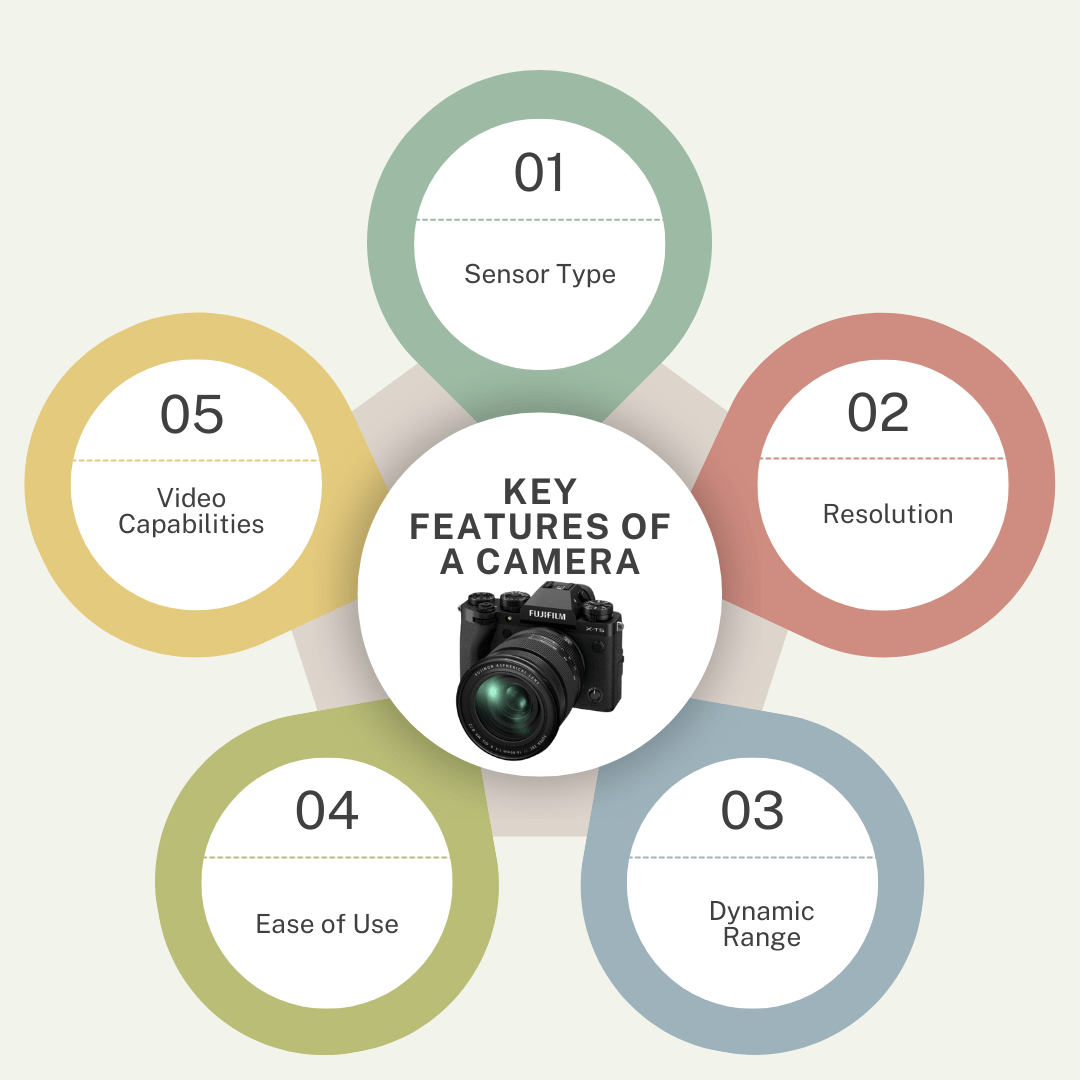
- Sensor Type: Full-frame sensors are ideal for real estate photography as they provide better image quality, dynamic range, and low-light performance. APS-C cameras can also work but might require adapting to their crop factor.
- Resolution: Higher resolution allows for sharper details and flexibility during editing. Look for cameras with at least 20-24 megapixels.
- Dynamic Range: A wide dynamic range helps capture highlights and shadows accurately, which is particularly useful in high-contrast scenes, such as a room with large windows.
- Ease of Use: Features like touchscreen operation, intuitive menus, and built-in Wi-Fi for transferring photos can simplify the process, especially for beginners.
- Video Capabilities: If you plan to include property walkthroughs, ensure your camera supports high-quality video recording, ideally in 4K.
3. Choosing the Right Lens
A lens for real estate photography significantly impacts your ability to capture spaces effectively. Consider the following:
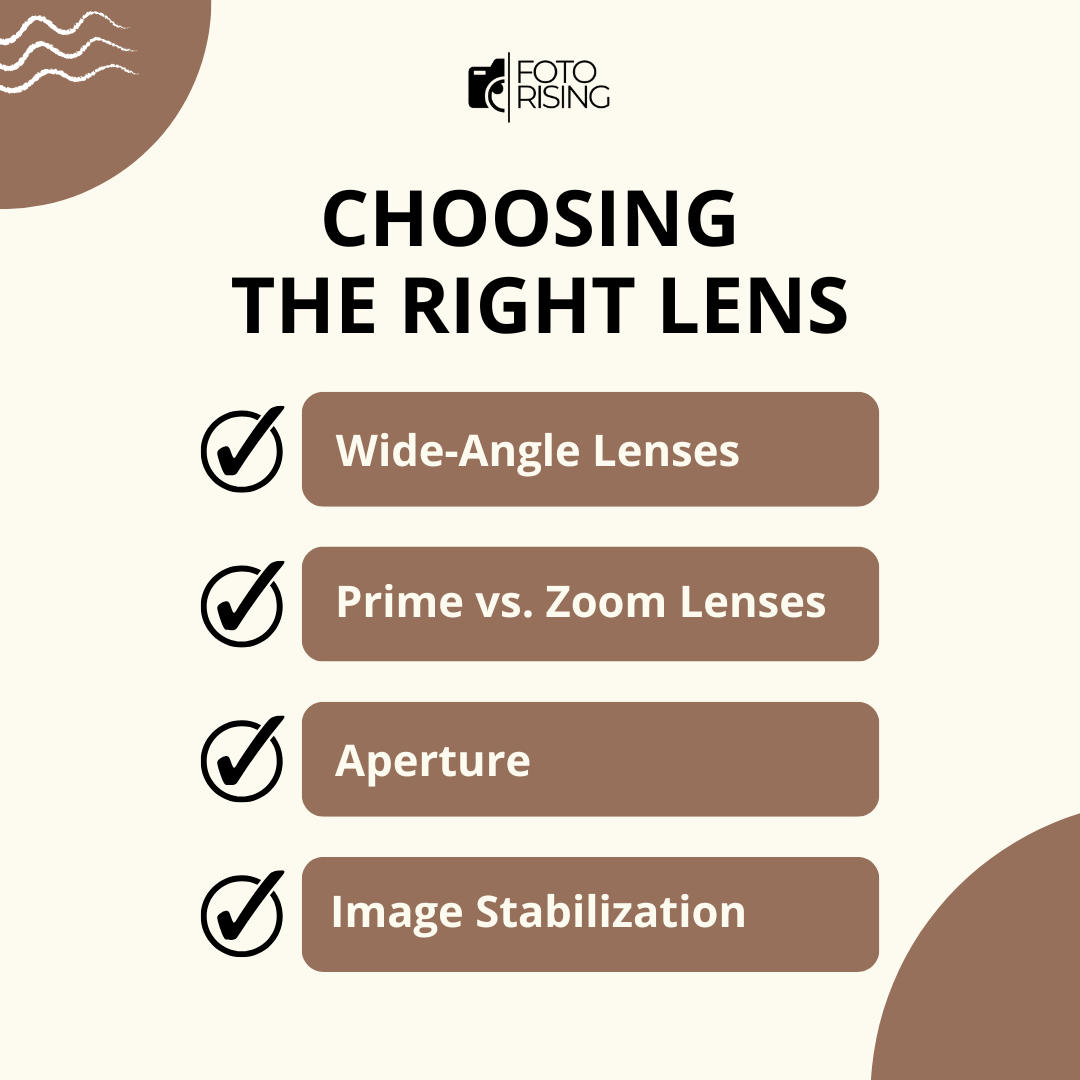
- Wide-Angle Lenses: These are staples in real estate photography, offering focal lengths of 14-24mm or 16-35mm. They help make spaces appear larger, crucial for small rooms or tight spaces. Be mindful of distortion, which can sometimes misrepresent a room’s proportions.
- Prime vs. Zoom Lenses:
- Prime lenses (e.g., 24mm or 35mm) offer superior sharpness and low-light performance but lack flexibility.
- Zoom lenses (e.g., 16-35mm) provide versatility, allowing you to adjust the focal length without changing lenses, which is convenient for both interior and exterior shots.
- Aperture: Lenses with a wide aperture (e.g., f/2.8) are great for low-light scenarios. However, for real estate photography, where depth of field isn’t a primary concern, an aperture of f/4 or smaller is often sufficient.
- Image Stabilization: While not essential for tripod-based photography, lenses with stabilization can be useful for handheld shooting, especially in dimly lit interiors.
4. Budget Considerations When Choosing A Camera and Lenses

Balancing cost with quality is crucial:
- Cameras: Entry-level models like the Canon EOS R10 or Nikon Z50 are good starting points. For professionals, full-frame models like the Sony A7 III or Canon EOS R6 are excellent.
- Lenses: Budget-friendly options include the Canon EF-S 10-18mm or Sigma 10-20mm. High-end choices include the Canon RF 15-35mm or Sony 16-35mm f/2.8.
5. Accessories to Enhance Your Equipment Setup
Complement your camera and lens with the following tools:
- Tripod: Ensures stability and sharpness during long exposures.
- Remote Shutter Release: Helps avoid camera shake when capturing images.
- Lighting Equipment: Portable flashes or continuous lights are essential for balancing interior lighting.
6. Testing and Researching
Before purchasing, test equipment in-store or rent it to assess its performance. Pay attention to user reviews and online resources for feedback on specific models.
Conclusion
Choosing a camera and lens for real estate photography requires careful consideration of your goals, budget, and technical requirements. With the right tools, you can create stunning visuals that captivate buyers and showcase properties in their best light. Whether you’re a beginner or a seasoned professional, investing in quality equipment ensures your work stands out in a competitive market.
Read more:
Top 5 Tripods for Real Estate Photography in 2024
Best Cameras for Real Estate Photography in 2024: A Buyer’s Guide
10 Best Photo Editing Programs for Real Estate in 2024


